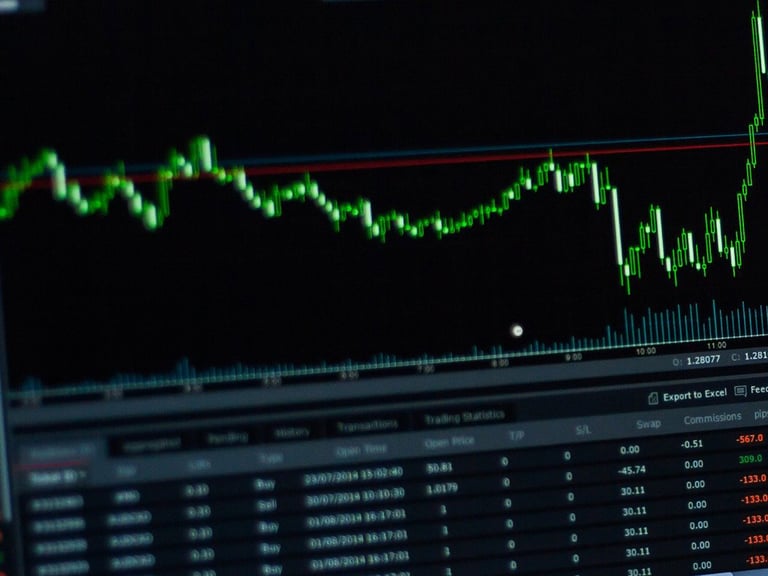As one of the stalwarts in the semiconductor industry, Intel Corporation (NASDAQ: INTC) has long been a bellwether for technology investors. However, recent financial metrics paint a complex picture for the company, with challenges that investors need to navigate carefully.
Intel, headquartered in Santa Clara, California, operates within the technology sector, specifically in the semiconductor industry. With a market capitalization of $93.71 billion, it remains a dominant player despite facing increased competition and market pressures.
**Current Price Dynamics and Valuation Metrics**
The current trading price of Intel’s stock stands at $20.05, with a modest decline of 0.07% recently. This price is nestled within its 52-week range of $18.13 to $34.87, indicating significant volatility over the past year. The forward P/E ratio of 23.44 suggests that investors anticipate future growth, albeit cautiously, as the trailing P/E ratio is currently unavailable due to negative earnings.
Intel’s revenue growth is down by 0.40%, reflecting the broader headwinds in the semiconductor industry. The company’s earnings per share (EPS) also stand at a negative -4.48, indicating ongoing profitability challenges. Additionally, the return on equity (ROE) is a concerning -18.13%, highlighting inefficiencies in generating returns from shareholders’ equity.
**Financial Health and Dividends**
Intel’s financial health is further scrutinized with a free cash flow of -$7 billion, a figure that underscores the pressing challenges in managing cash amidst significant capital expenditures and investments in new technologies. The dividend yield is currently not available, and the payout ratio of 208.33% suggests that the company is paying out more in dividends than it earns, which may not be sustainable in the long term.
**Analyst Outlook and Potential Upside**
The sentiment among analysts reflects a cautious approach, with 39 hold ratings, 3 sell ratings, and only 2 buy ratings. The average target price is set at $21.85, providing a potential upside of 8.98% from current levels. The target price range varies widely from $14.00 to $31.00, illustrating differing opinions on Intel’s future performance.
**Technical Indicators**
From a technical perspective, Intel’s stock is trading below its 50-day and 200-day moving averages, set at $22.25 and $22.62, respectively. The Relative Strength Index (RSI) of 54.46 suggests a neutral position, while the MACD of -0.61, with a signal line of -0.72, indicates a bearish trend. These technical indicators suggest that Intel’s stock may continue to face resistance in breaking above key moving averages in the near term.
**Strategic Positioning**
Despite the current financial metrics, Intel remains committed to innovation and strategic positioning within the semiconductor landscape. The company offers a diverse array of products and services, including microprocessors, chipsets, GPUs, and AI-driven solutions. Its commitment to driving technological advancement in areas such as AI, cloud computing, and autonomous systems positions it well for future growth once market conditions stabilize.
**Investor Considerations**
For investors, the primary consideration revolves around Intel’s ability to navigate its current challenges and capitalize on future growth opportunities. The potential upside of 8.98% provides an enticing opportunity, but it comes with inherent risks given the company’s current financial strain and competitive pressures.
Investors should keep a close eye on Intel’s strategic initiatives, particularly in enhancing its product offerings and expanding into new markets. Additionally, monitoring changes in dividend policies and financial health will be crucial in assessing the long-term viability of investments in Intel’s stock.





































